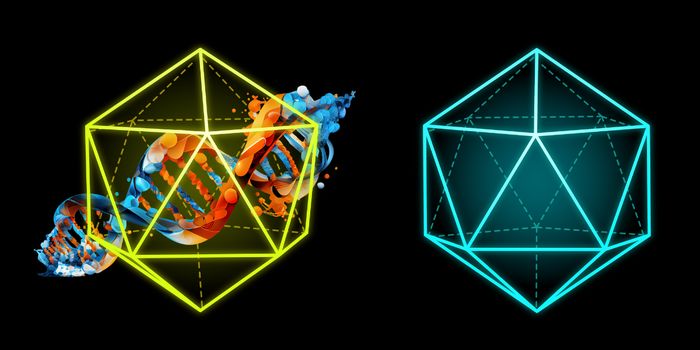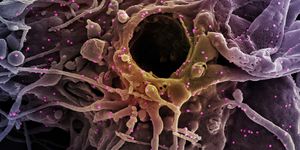The Small Intestine is Mapped in Detail for the First Time
The human small intestine is an essential organ that helps us absorb nutrients and vitamins from food. It is an average of 6 meters long and is covered with millions of villi that are separated by crypts. These villi are tiny projections that work to dramatically increase the surface area of the digestive tract. They are constantly interacting not only with important molecules like fats and vitamins, but because of the nature of the digestive system and the microbiome it contains, they are also dealing with an environment rich in microbial organisms. A new study has highlighted how many crucial functions the villi of the small intestine have in people, which also relate to preventing infection.
Understanding various parts of human anatomy can be challenging, because we often don't get to see or analyze the deep recesses of the human body unless something is going wrong, and surgery or some other procedure might be needed. It's very unusual for scientists to have access to healthy and lengthy sections of the human intestine, for example, which would not normally be removed during surgery. Researchers have typically had to rely on mouse models for these type of studies up to this point.
But a new research study reported in Nature has outlined a map of the human small intestine in detail, using human small intestinal tissue that was obtained during medical procedures involving the pancreas. In these Whipple procedures, a portion of the small intestine called the duodenum is removed along with the head of the pancreas because of disease. Although the pancreatic tissue is damaged by pathology, the intestinal section is considered healthy.
These samples were analyzed with techniques that can assess not only the levels of gene expression, but also where genes are being expressed in tissues. This technology is called spatial transcriptomics.
This work has also revealed more about how the small intestine functions. Scientists have long known that fat absorption and transport to the blood can be delayed by as many as two days to prevent spikes in blood fat levels. Fat is taken from the foods we eat and then wrapped in different droplets of fat by villi, or small projections in the intestinal tissue. This encased fat is then loaded onto a transport system that moves it through the lymphatic system to blood vessels. It migrates further throughout the body to be stored. This study has demonstrated that fat digestion in the human small intestine is like an assembly line.
There is a similar assembly line process involved in iron regulation. Iron gets absorbed at the bottom of intestinal villi, in the crypts. As cells reach the villi tips, they can either release the iron they carry into the blood, or hold it until they die in the intestinal cavity.
Villi tips were also shown to release antimicrobial peptides that can attack bacteria and signal to the immune system for assistance. Villi tips are full of immune cells that can trigger inflammation.
Villi have usually been described as protrusions that are like fingers, but this work has shown that they also have branches of villi that extend from the protrusions. This had only been seen in cases of cancer, but now it seems that the surface area of a healthy intestine is also increased by healthy branching, improving absorption. In the video, these branching villi can be seen.
Now the researchers will be able to compare these results and data with intestinal samples that are from cases of disease or pathology. Additional work could provide many new insights into conditions that affect and impair the small intestine.
Sources: Medical Express via Weizmann Institute of Science, Nature









